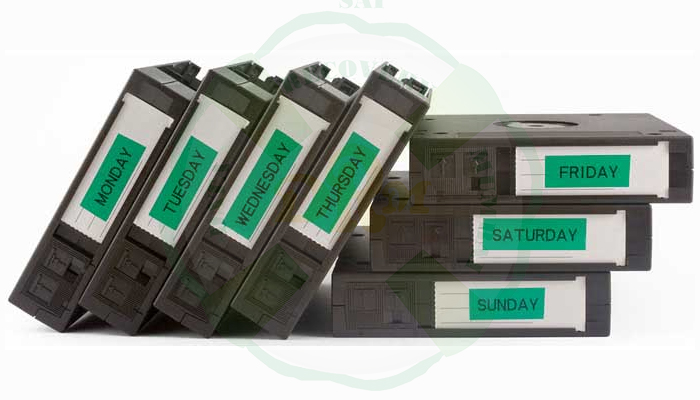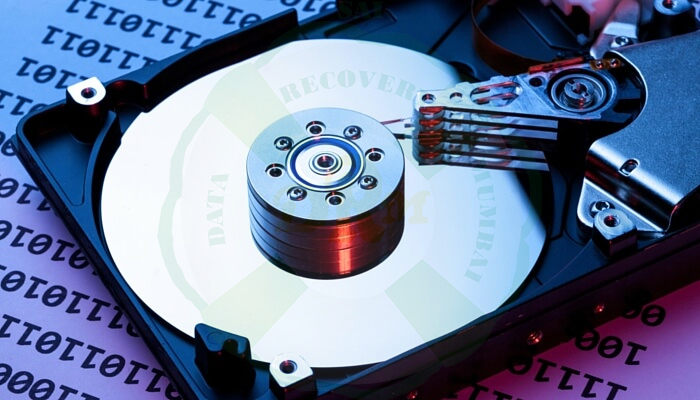RAID Data Recovery: Strategies for Restoring Redundant Arrays
In the world of data storage, Redundant Array of Independent Disks (RAID) configurations are a popular choice for organizations and individuals looking to enhance data reliability and performance. RAID arrays distribute data across multiple disks, providing redundancy and increased I/O performance. However, even with these benefits, RAID arrays are not immune to data loss. When data becomes inaccessible or compromised within a RAID setup, it’s essential to have a strategy for RAID data recovery. In this article, we’ll explore RAID data recovery strategies to help you restore your valuable data. Understanding RAID Levels Before diving into RAID data recovery strategies, it’s crucial to understand the different RAID levels and how they impact data recovery. There are several RAID levels, each offering varying degrees of redundancy and performance. Here are some of the most common RAID levels: RAID 0: Also known as striping, RAID 0 offers increased performance but no redundancy. Data is divided and written across multiple drives, which can lead to faster read and write speeds. However, if one drive fails, all data is lost. RAID 1: RAID 1, or mirroring, provides full redundancy. Data is duplicated on two or more drives, ensuring that if one drive fails, the data is still accessible from the mirrored drive(s). RAID 1 is excellent for data redundancy but doesn’t offer improved performance. RAID 5: RAID 5 uses block-level striping with distributed parity. It offers a balance between performance and redundancy. Data is striped across multiple drives, and parity information is distributed. If one drive fails, data can be rebuilt using the parity information. RAID 6: Similar to RAID 5 but with dual parity. RAID 6 can withstand the failure of two drives simultaneously, providing higher fault tolerance. This level offers good redundancy and moderate performance. RAID 10: Also known as RAID 1+0, RAID 10 combines mirroring and striping. Data is mirrored across multiple pairs of drives, and then these mirrored pairs are striped for improved performance and redundancy. RAID Data Recovery Strategies Now, let’s explore RAID data recovery strategies to help you recover data in the event of a RAID array failure: 1. Identify the Issue The first step in RAID data recovery is identifying the problem. Is it a single drive failure, multiple drive failures, or a controller issue? Understanding the nature of the problem will guide your recovery efforts. 2. Isolate Failed Drives If you suspect a drive has failed, it’s essential to isolate it to prevent further damage or data loss. Mark the failed drive and remove it from the RAID array. Be cautious not to accidentally replace a good drive. 3. Verify Data Backup RAID is not a substitute for regular data backups. Before attempting data recovery, check if you have a recent backup. If so, you can restore data from the backup without the need for complex recovery procedures. 4. Consult RAID Documentation Consult the documentation or user manual for your RAID controller or NAS device. Understanding the manufacturer’s recommended procedures for data recovery can be invaluable. 5. Professional Data Recovery Services In cases of severe RAID failures or data corruption, it’s often best to seek professional data recovery services. These experts have specialized tools and expertise to recover data from RAID arrays, even in complex scenarios. 6. Rebuild the Array If the issue is a single drive failure, replace the failed drive with a new one of the same specifications. Follow the manufacturer’s instructions to rebuild the RAID array. Be patient; this process can take some time. 7. Restore Data Once the array is rebuilt, you can restore data from your backup or use specialized software for RAID data recovery. Ensure that you have a copy of the RAID configuration before attempting recovery. 8. Monitor the Array After recovery, monitor the RAID array for any signs of issues. Regularly check drive health and RAID status to proactively address any problems. 9. Data Migration Consider migrating data to a more reliable RAID configuration or storage solution to prevent future data loss. This may involve upgrading to a RAID level with greater redundancy or moving data to a network-attached storage (NAS) device. 10. Preventive Measures Finally, implement preventive measures to minimize the risk of future RAID failures. This includes regular data backups, monitoring drive health, and performing firmware updates and regular maintenance on RAID controllers. Conclusion RAID data recovery can be a complex and challenging process, depending on the RAID level and the nature of the failure. Understanding your RAID configuration, following best practices, and seeking professional help when needed are key to successful recovery. Remember that while RAID offers redundancy, it’s not a substitute for regular backups. Always maintain up-to-date backups of your critical data to ensure its safety and availability.
RAID Data Recovery: Strategies for Restoring Redundant Arrays Read More »






